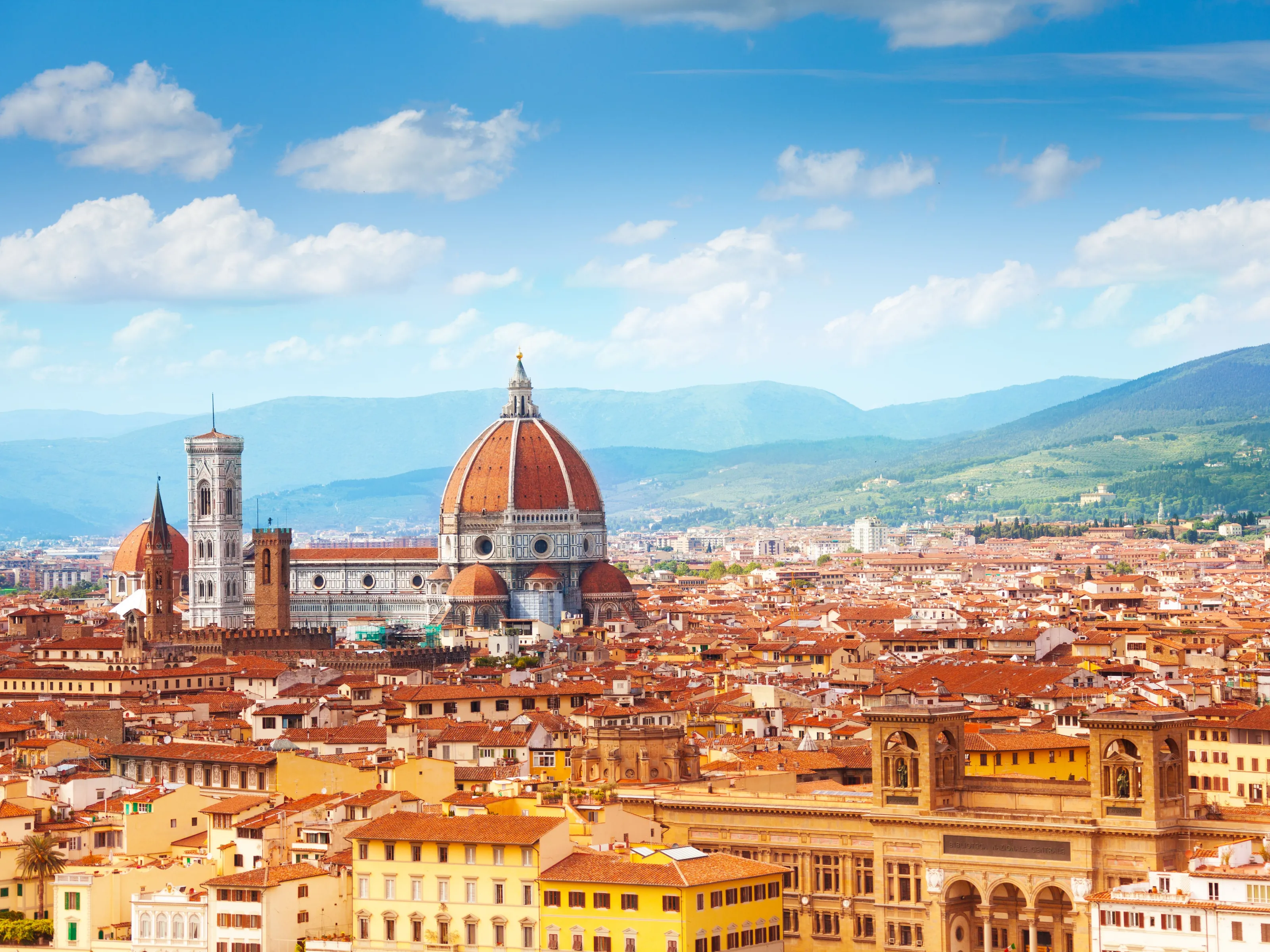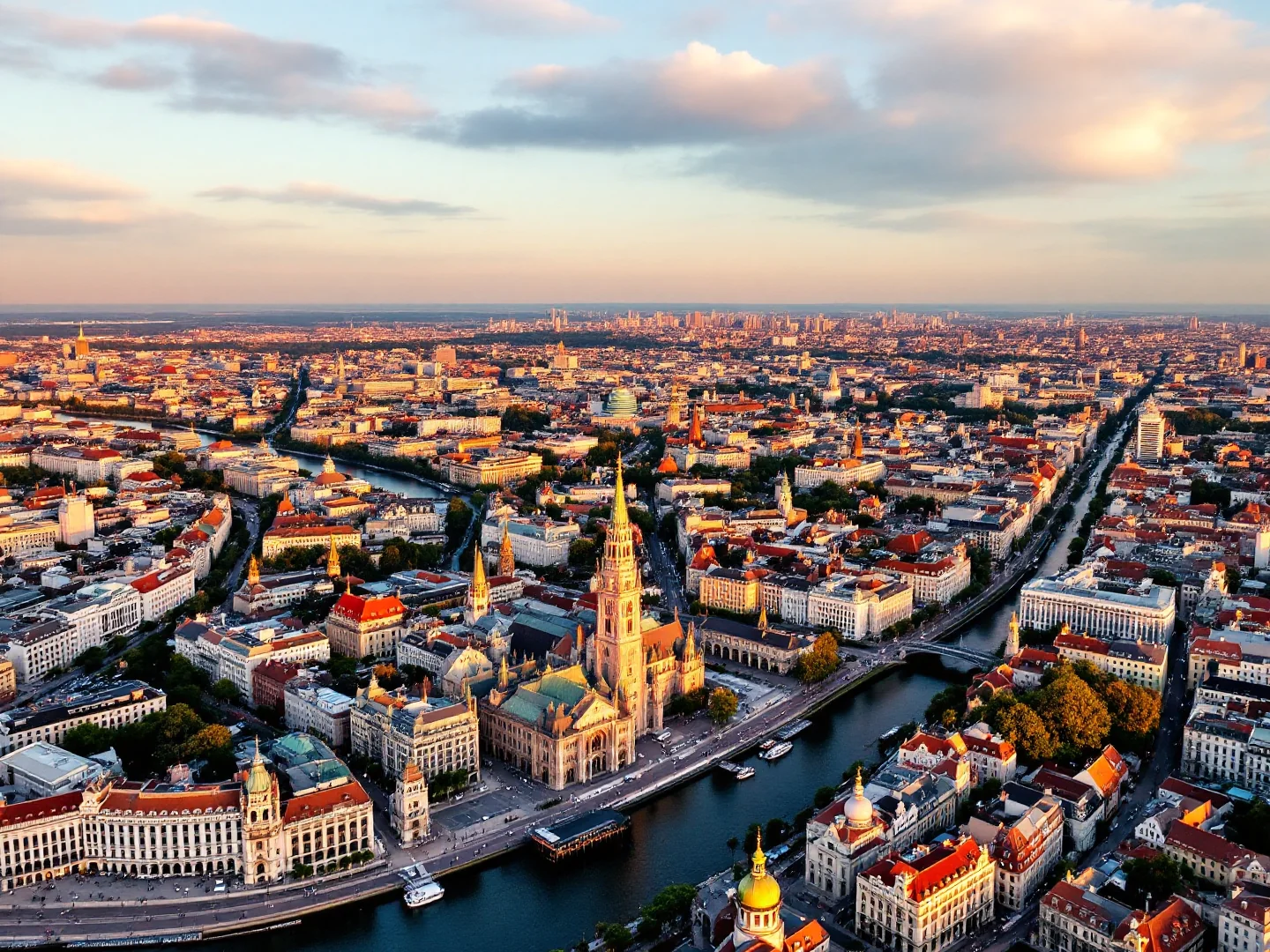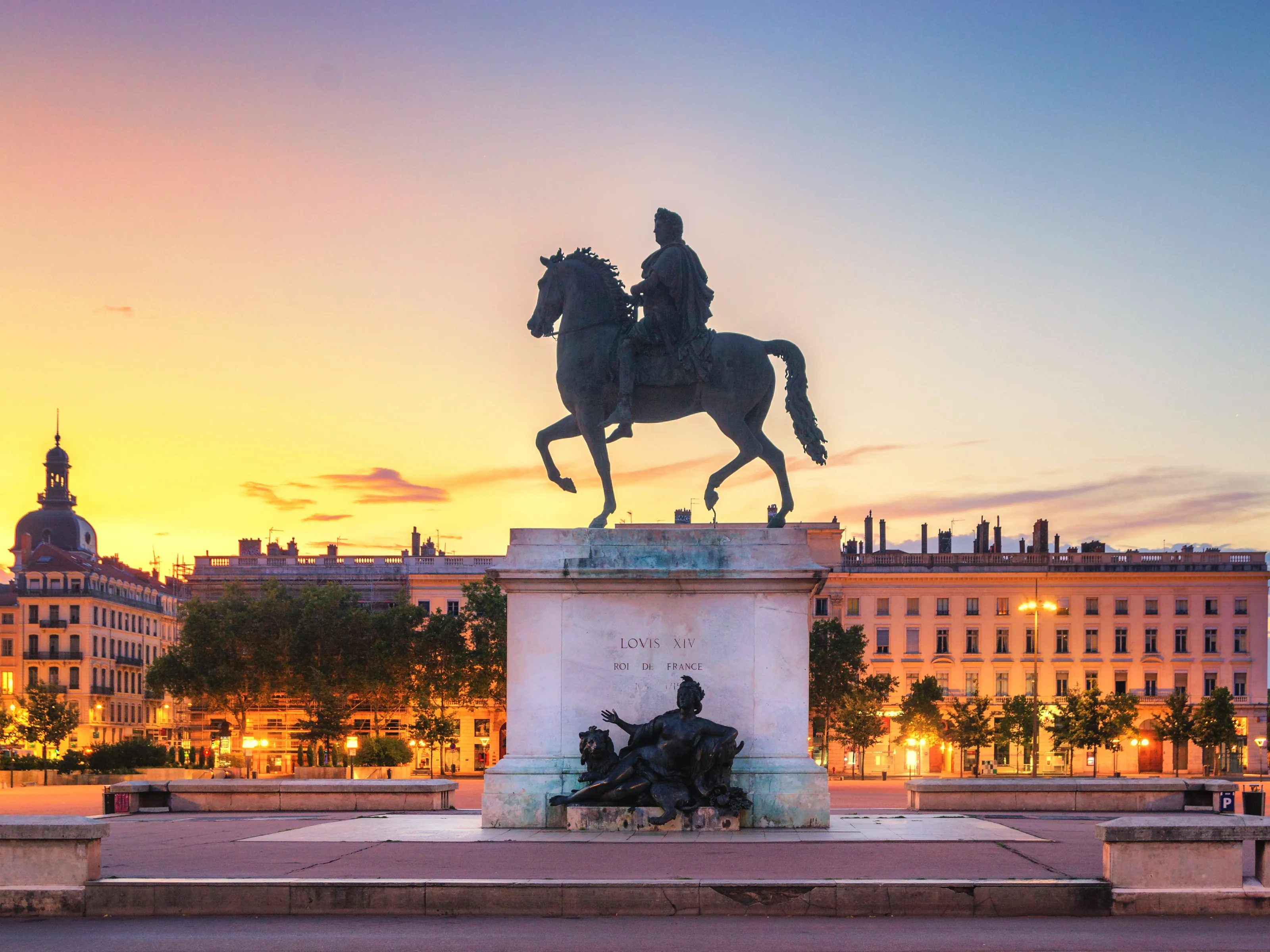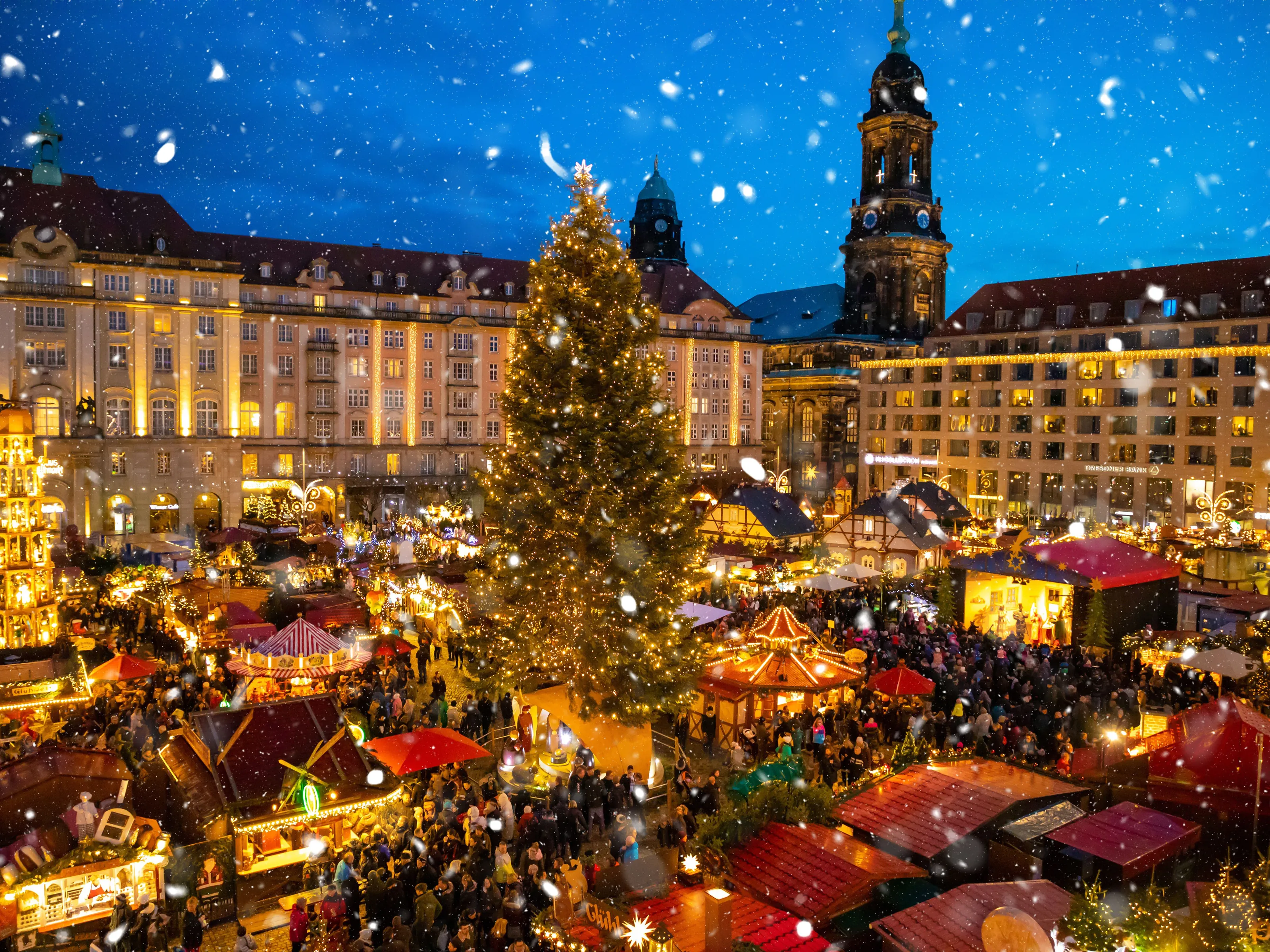Why Visit Venice?
Venice defies logic and gravity, an impossible floating masterpiece where marble palaces rise from lagoon waters and 118 islands connect through 400+ bridges in a car-free labyrinth of canals. This UNESCO World Heritage marvel, built on millions of wooden pillars driven into the seabed, has enchanted visitors for centuries with its otherworldly beauty and romantic atmosphere. St.
Mark's Square stuns with its Byzantine basilica glittering with golden mosaics, the Doge's Palace's Gothic grandeur, and cafés where orchestras play beneath arcades. The Grand Canal serves as main thoroughfare, where vaporetti water buses glide past Renaissance palazzos and under the iconic Rialto Bridge while gondoliers in striped shirts navigate narrow side canals. Yet Venice rewards wanderers who stray from tourist trails—discover artisan workshops in Dorsoduro, peaceful campo squares where locals chat over spritz, and hidden bacari (wine bars) serving cicchetti small plates.
The Venetian lagoon islands offer distinct experiences: Murano's legendary glassblowing demonstrations, Burano's rainbow-colored fishermen houses and lace makers, and tranquil Torcello's ancient mosaics. Art lovers feast on Tintoretto, Titian, and Veronese in church after church, while Peggy Guggenheim's modern collection contrasts beautifully. Visit in spring or autumn for fewer crowds and comfortable temperatures to navigate the endless walking.
Despite concerns about over-tourism and acqua alta flooding, Venice remains utterly unique—a living museum of La Serenissima's maritime glory where time stands still in the world's most romantic city.
What to Do
St. Mark's Area
St. Mark's Basilica
Entry now uses a small ticket fee (around $3 for the main basilica interior, with children under 6 usually free). Book a timed slot on the official website to skip the ticket-office queue and arrive 10–15 minutes early. The Pala d'Oro altarpiece and the museum/terrace are paid extras that you add at the desk. Dress with covered shoulders and knees; a simple timed ticket already functions as your skip-the-line—guided tours are a bonus, not a necessity.
Doge's Palace
Use the official St. Mark's Square Museums ticket (around $27 if bought 30+ days ahead, $32 closer to the date), which covers Doge's Palace plus Museo Correr and more. Reserve a morning slot and be at the door for the 9am opening to see the courtyards and Great Council Hall before the big groups. The Secret Itineraries tour (about $35 full price) adds hidden prisons, offices, and passageways—English departures sell out fast. The best view of the Bridge of Sighs is actually from inside the palace as you cross it.
St. Mark's Campanile (Bell Tower)
An elevator-only ride takes you to 360° views over Venice and the lagoon. Tickets are usually in the $11–$16 range for adults. Queues swell after about 11am, so aim for early morning or golden hour. The bells still strike the hour—be ready for a very loud reminder if you're at the top.
Venice Essentials
Grand Canal & Rialto Bridge
Hop on vaporetto Line 1 for a slow cruise along the Grand Canal—your $10 single ticket is valid 75 minutes, or you can grab a 24-hour pass for $27 and ride as much as you like. It's effectively a DIY sightseeing boat past Gothic and Renaissance palazzi. Rialto Bridge is free but jammed from mid-morning; visit before 8am for photos and then detour to the Rialto fish market (Tue–Sat mornings) for a slice of real working Venice.
Gondola Rides
City-regulated tariffs are about $86 for a 30-minute ride during the day and around $108 after 7pm (per gondola, up to 5–6 people). Prices are per boat, not per person, and the base fare is officially fixed, so you're really negotiating route and extras, not the whole price. The prettiest rides meander through quiet back canals rather than the busy Grand Canal. Go to a marked gondola station instead of random touts, and only pay extra for singing if you genuinely want it.
Get Lost in Backstreets
Venice's magic really appears once you step away from San Marco and the main thoroughfares. Wander through Cannaregio and Dorsoduro for more local life, fewer crowds, and canal-side bars. Follow whichever alley or bridge looks intriguing, accept that you'll get lost, and use the yellow signs for San Marco or Rialto only when you're ready to re-find the tourist core.
Islands & Local Venice
Burano & Murano Islands
Take vaporetto Line 12 from Fondamenta Nove (included in day and multi-day passes). Visit Burano first for its rainbow fishermen's houses and lace workshops, then stop on Murano on the way back to watch glassblowing demos—many are free but lead into showrooms, so expect some sales pressure. Allow around 1–2 hours per island plus travel time.
Avoid Tourist Traps
Cafés in St. Mark's Square charge a hefty premium: think $11–$16 for a basic drink plus an extra fee when the orchestra plays. Walk two streets inland and prices drop dramatically. In general, avoid restaurants with photo menus and touts on the door; instead, seek out bacari (wine bars) where locals stand at the counter with spritz and cicchetti (small bar snacks) priced around $2–$4 each.
Acqua Alta Bookstore
Venice's famously eccentric bookshop stacks books in bathtubs and an old gondola to survive high tides. It's free to enter and open roughly 9:00–19:15 daily, but the space is tiny and gets rammed from late morning to mid-afternoon. Go just after opening or near closing if you actually want to browse, and buy at least a postcard or small book rather than just using it as a photo backdrop.
Venetian Aperitivo
Spritz culture comes from the Veneto, and Venice has turned the Aperol Spritz into a local ritual. Outside the main tourist corridors you'll pay roughly $4–$6 for a spritz; in and around St. Mark's, expect closer to $11–$13 Aperitivo time is roughly 6–8pm—head to a bacaro like Al Merca, Cantina Do Spade or All'Arco, order a spritz and graze on seafood crostini, polpette and other cicchetti with the locals.
Gallery
Travel Information
Getting There
- Airports: VCE
Best Time to Visit
April, May, June, September, October
Climate: Moderate
Weather by Month
| Month | High | Low | Rainy days | Condition |
|---|---|---|---|---|
| January | 9°C | 0°C | 2 | Good |
| February | 12°C | 3°C | 1 | Good |
| March | 13°C | 5°C | 9 | Good |
| April | 19°C | 9°C | 5 | Excellent (best) |
| May | 22°C | 14°C | 14 | Excellent (best) |
| June | 25°C | 17°C | 15 | Excellent (best) |
| July | 28°C | 20°C | 6 | Good |
| August | 29°C | 21°C | 11 | Good |
| September | 25°C | 17°C | 10 | Excellent (best) |
| October | 18°C | 10°C | 15 | Excellent (best) |
| November | 13°C | 6°C | 1 | Good |
| December | 9°C | 3°C | 14 | Wet |
Weather data: Open-Meteo Archive (2020-2024) • Open-Meteo.com (CC BY 4.0) • Historical avg. 2020–2024
Budget
Excludes flights
Visa Requirements
Schengen Area
💡 🌍 Traveler Tip (November 2025): Best time to visit: April, May, June, September, October.
Practical Information
Getting There
Venice Marco Polo Airport (VCE) is 12km north. Water bus (Alilaguna) to San Marco costs $16 75 min (scenic). Land buses to Piazzale Roma ($9–$16 25 min), then vaporetto or walk. Water taxis expensive ($119+). Treviso Airport (TSF) serves budget airlines—buses to Venice $13 70 min. Trains arrive at Santa Lucia station on the island—Venice is the endpoint of many routes.
Getting Around
Venice has NO cars—only boats and walking. Vaporetto water buses are essential: single ride $10 (75 min validity), day pass $27 3-day pass ~$49 7-day ~$70 Line 1 down Grand Canal is slow but scenic; Line 2 faster. Water taxis cost $86–$130 to cross the city. Walking is the main way to explore—expect to get lost (part of the charm). Bridges have steps—difficult with heavy luggage. Traghetti gondola ferries cross Grand Canal for $2
Money & Payments
Euro (EUR). Cards accepted at hotels and established restaurants, but many small bacari and cafés prefer cash. ATMs available near major squares. Exchange $1 ≈ $$1. Prices are high—water, coffee, and meals cost 30-50% more than mainland Italy. Tipping: round up or 10% for great service. Tourist traps near San Marco charge $11+ for coffee—check prices first.
Language
Italian is official, specifically Venetian dialect. English widely spoken in hotels, tourist restaurants, and shops in San Marco area, but less so in residential Cannaregio or Castello. Learning basic Italian (Buongiorno, Grazie, Per favore) helps. Menus often have English in tourist zones.
Cultural Tips
Don't swim in canals or sit on bridge steps (fines $54–$540). Respect quiet neighborhoods—locals live here. Lunch 12:30-2:30pm, dinner 7:30-10pm. Many restaurants close Tuesdays. Book gondola rides directly with gondoliers at official stands ($86 daytime, $108 evening, 30 min). Acqua alta (flooding) requires boots—hotels often provide. Respect churches (modest dress, no photos during mass). Venice empties after day-trippers leave around 6pm—evenings are magical.
Perfect 3-Day Venice Itinerary
Day 1: San Marco & Grand Canal
Day 2: Islands & Art
Day 3: Hidden Venice
Where to Stay in Venice
San Marco
Best for: Main sights, luxury hotels, tourist hub, gondola rides, museums
Cannaregio
Best for: Local life, authentic bacari, Jewish Ghetto, budget options, quieter
Dorsoduro
Best for: Art galleries, university vibe, Accademia, peaceful campos, aperitivo
Castello
Best for: Residential calm, authentic restaurants, Arsenale, Biennale venue
Frequently Asked Questions
Do I need a visa to visit Venice?
What is the best time to visit Venice?
How much does a trip to Venice cost per day?
Is Venice safe for tourists?
What are the must-see attractions in Venice?
Popular Activities
Top-rated tours and experiences in Venice
Ready to Visit Venice?
Book your flights, accommodation, and activities






